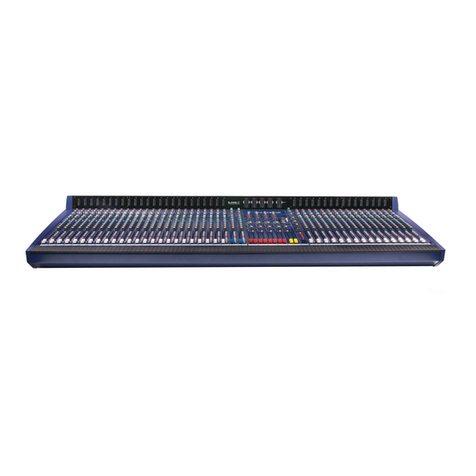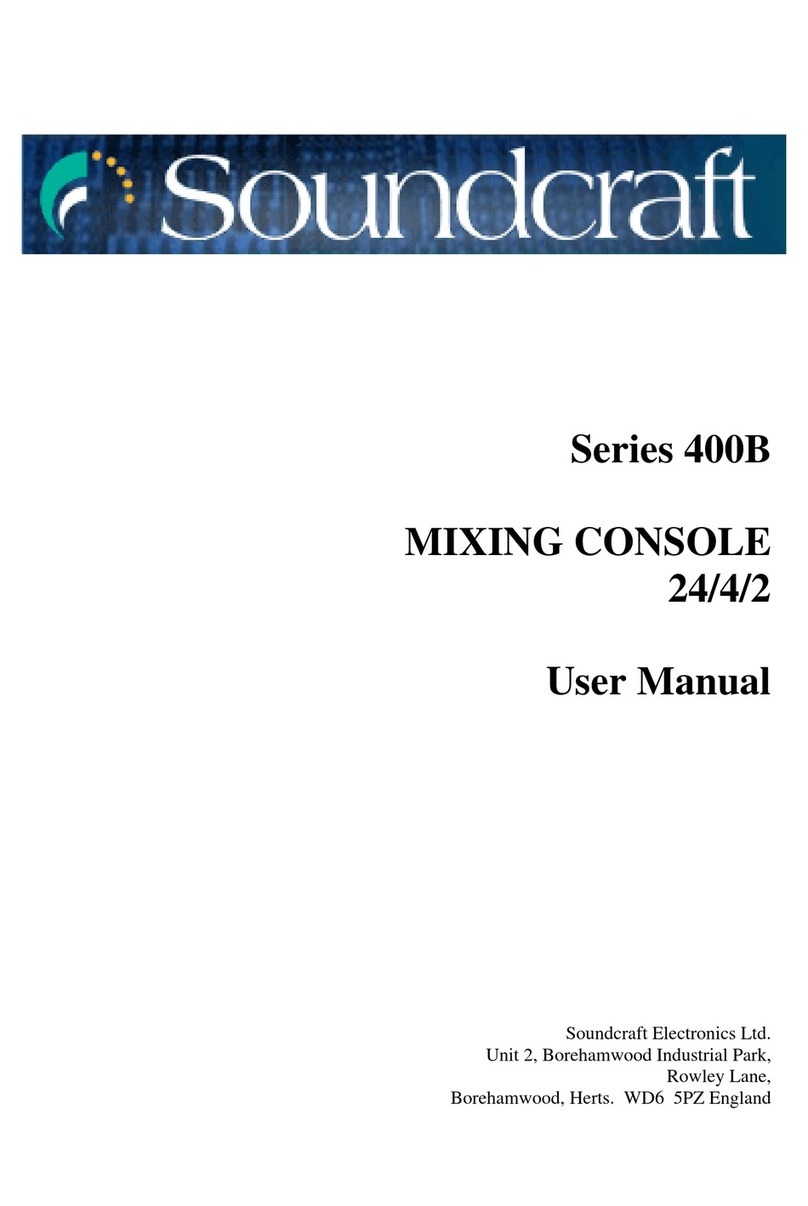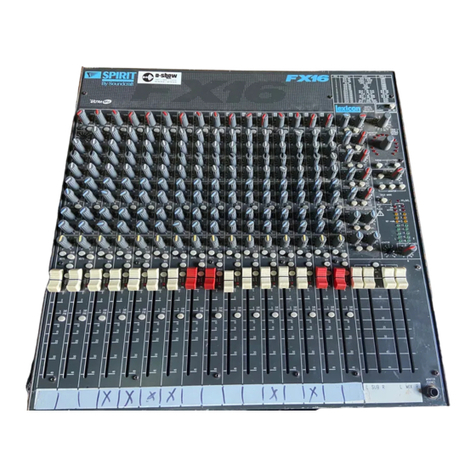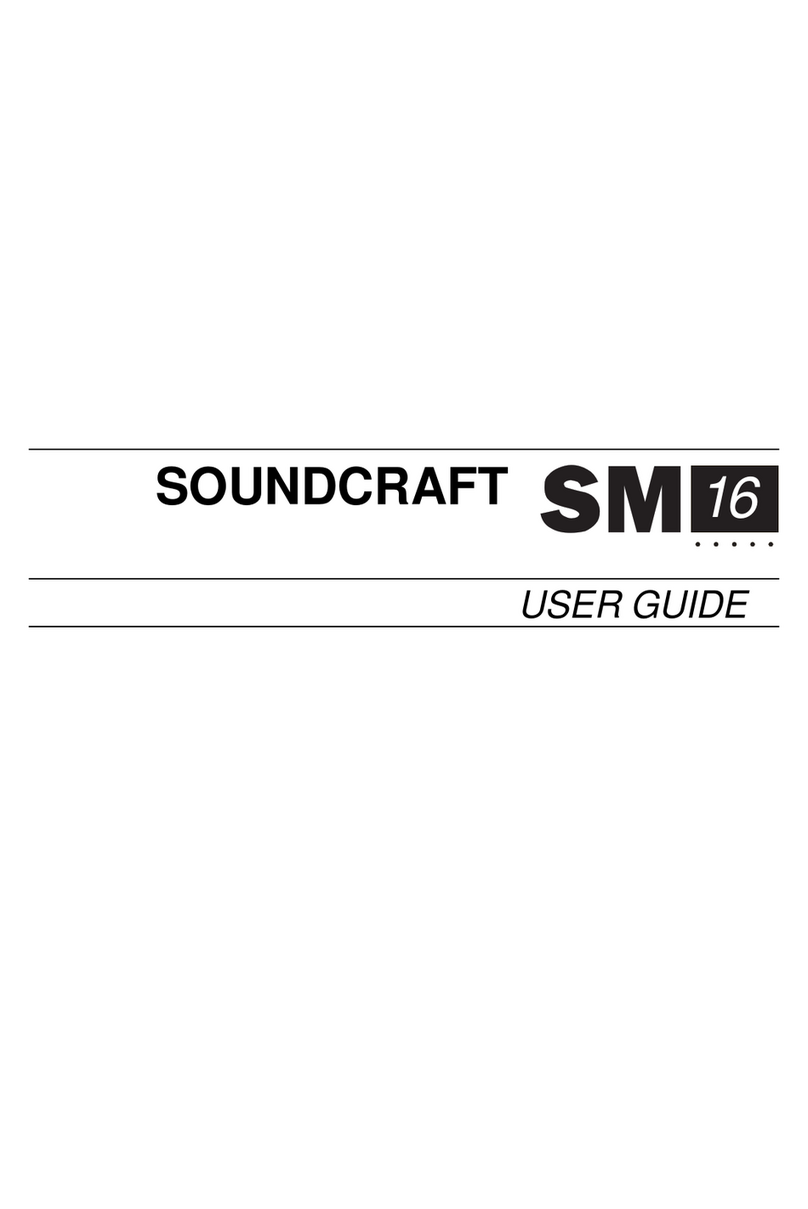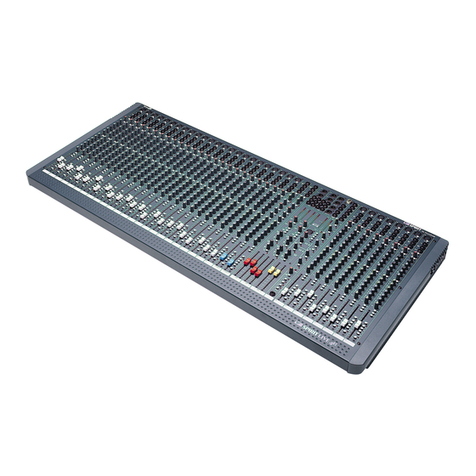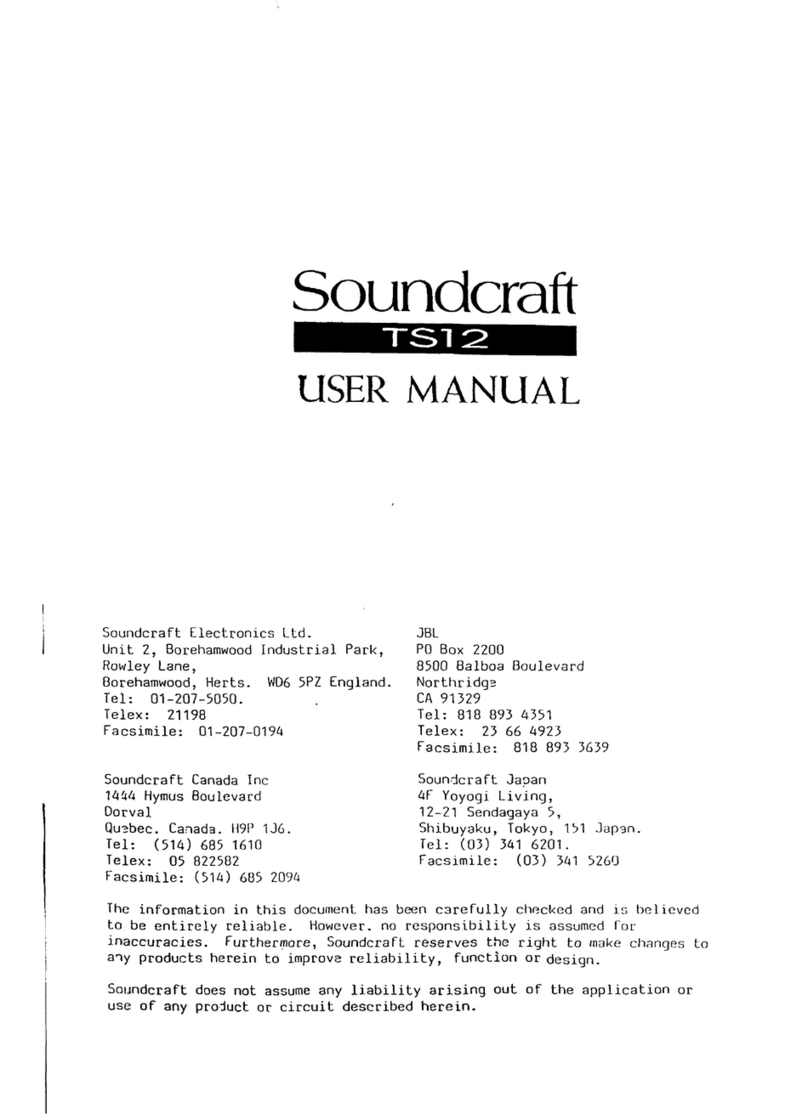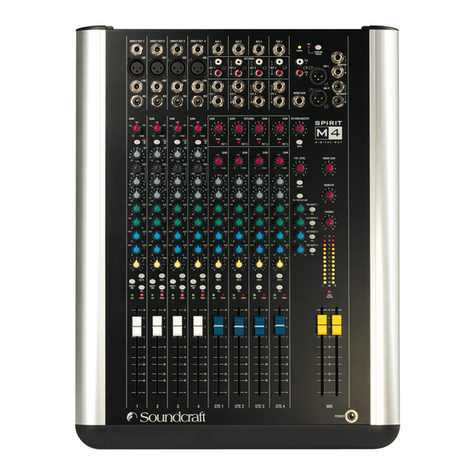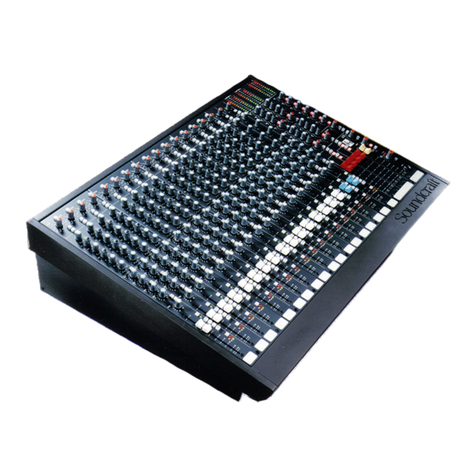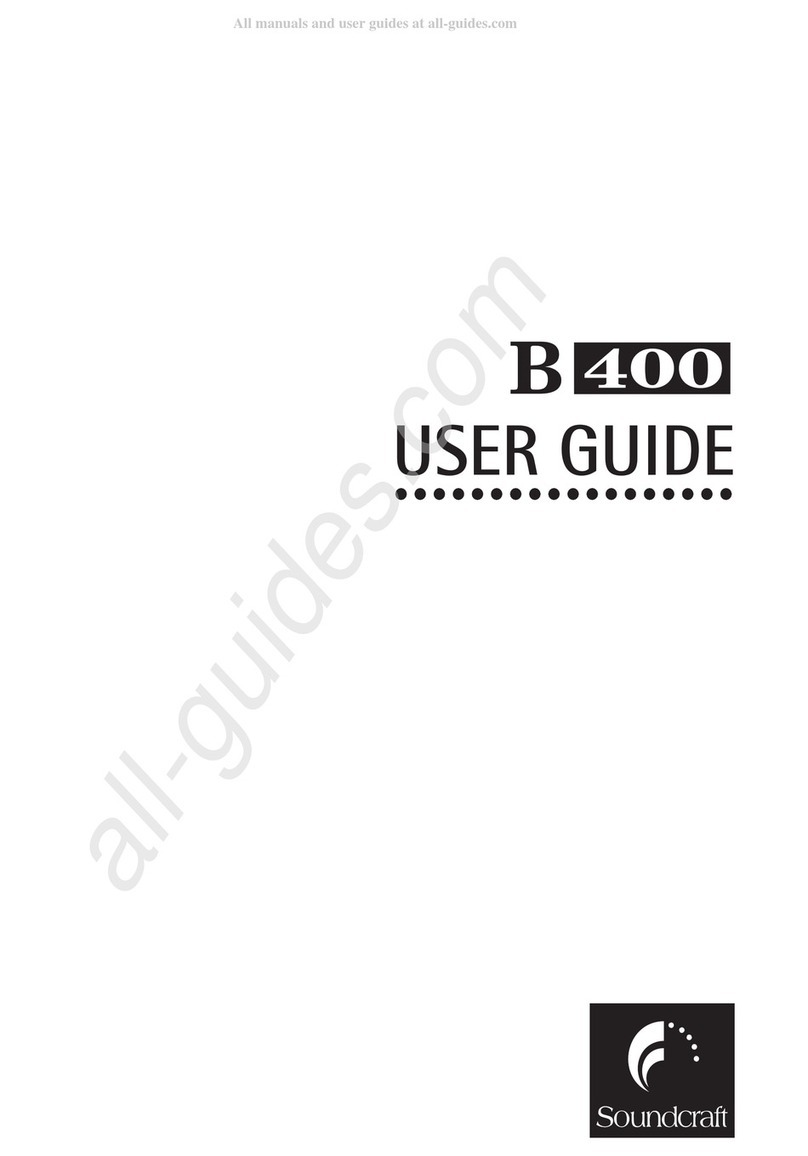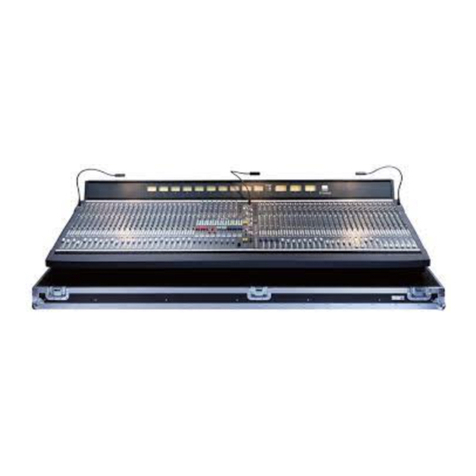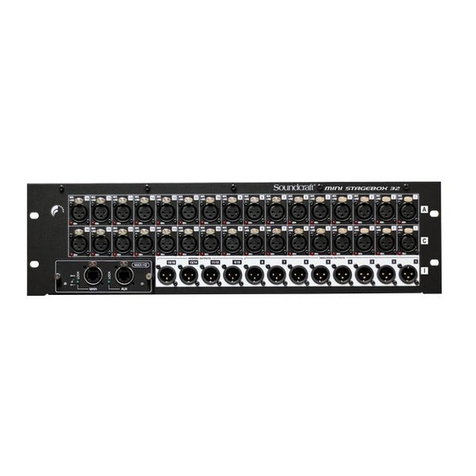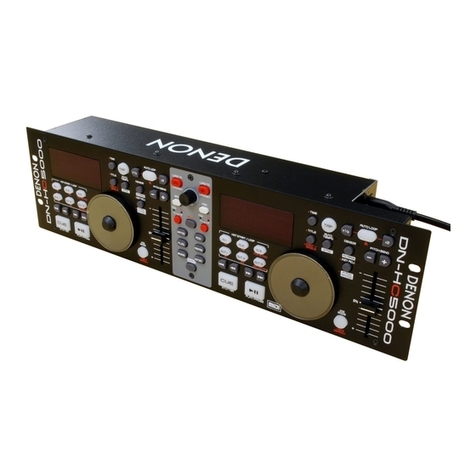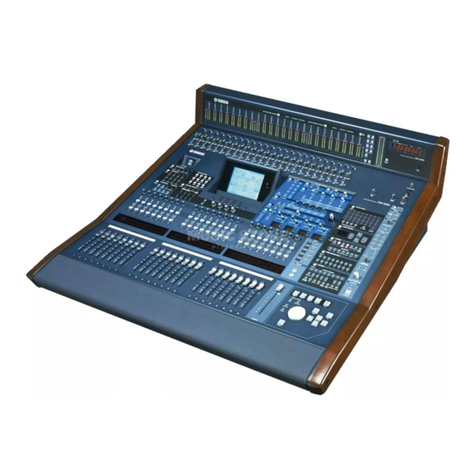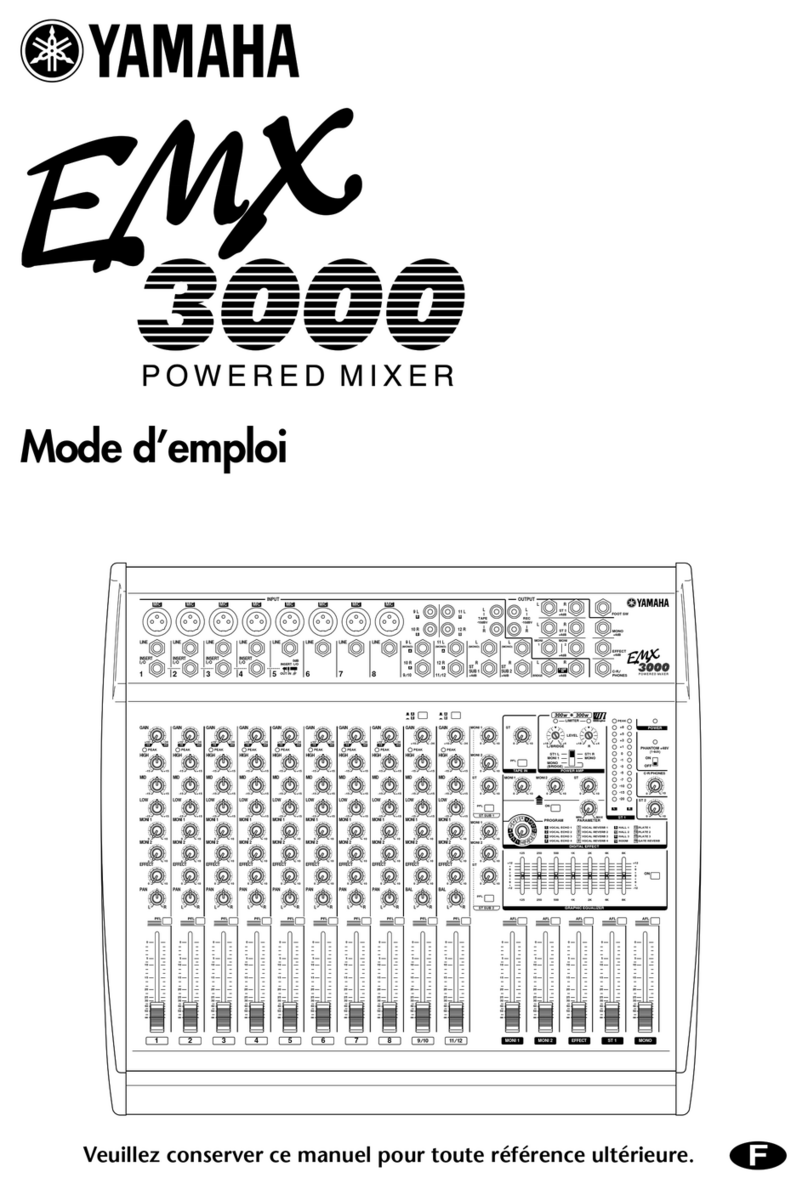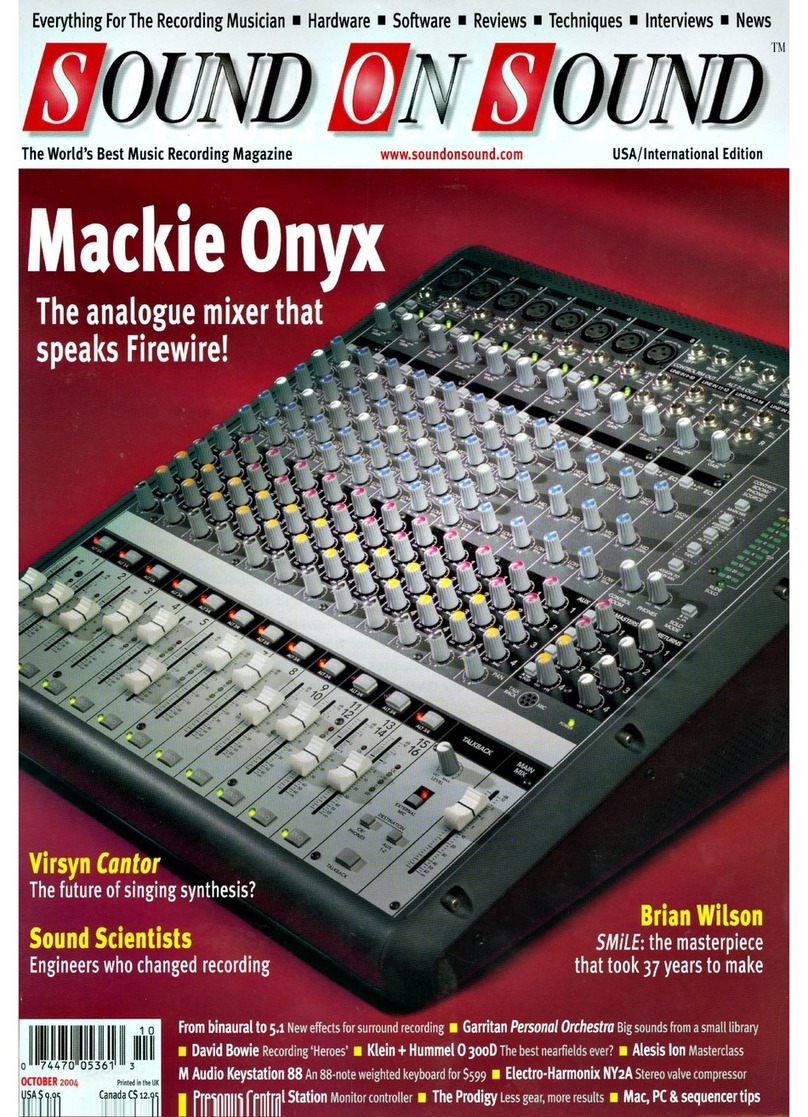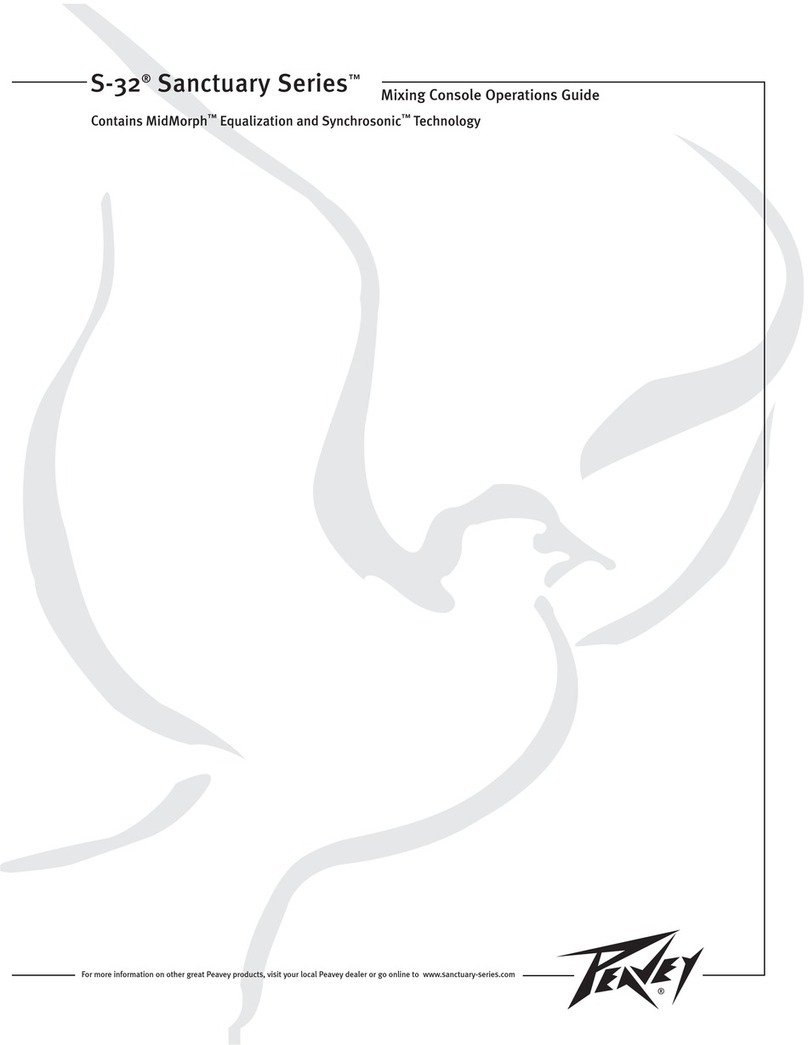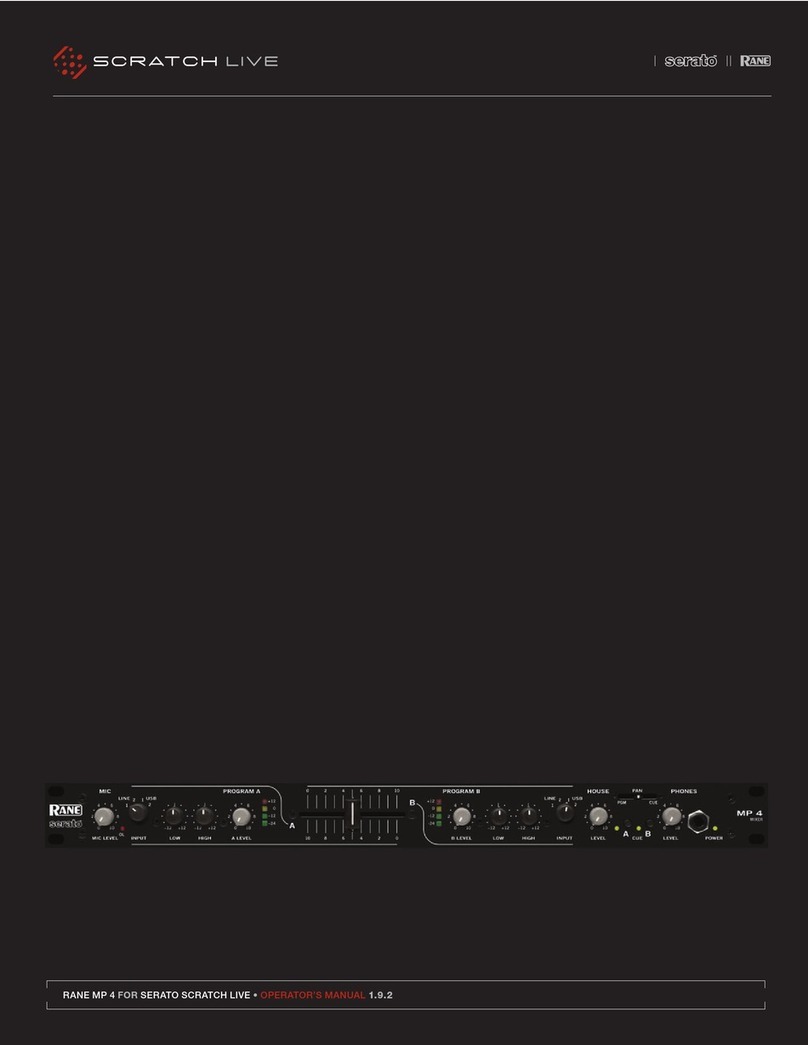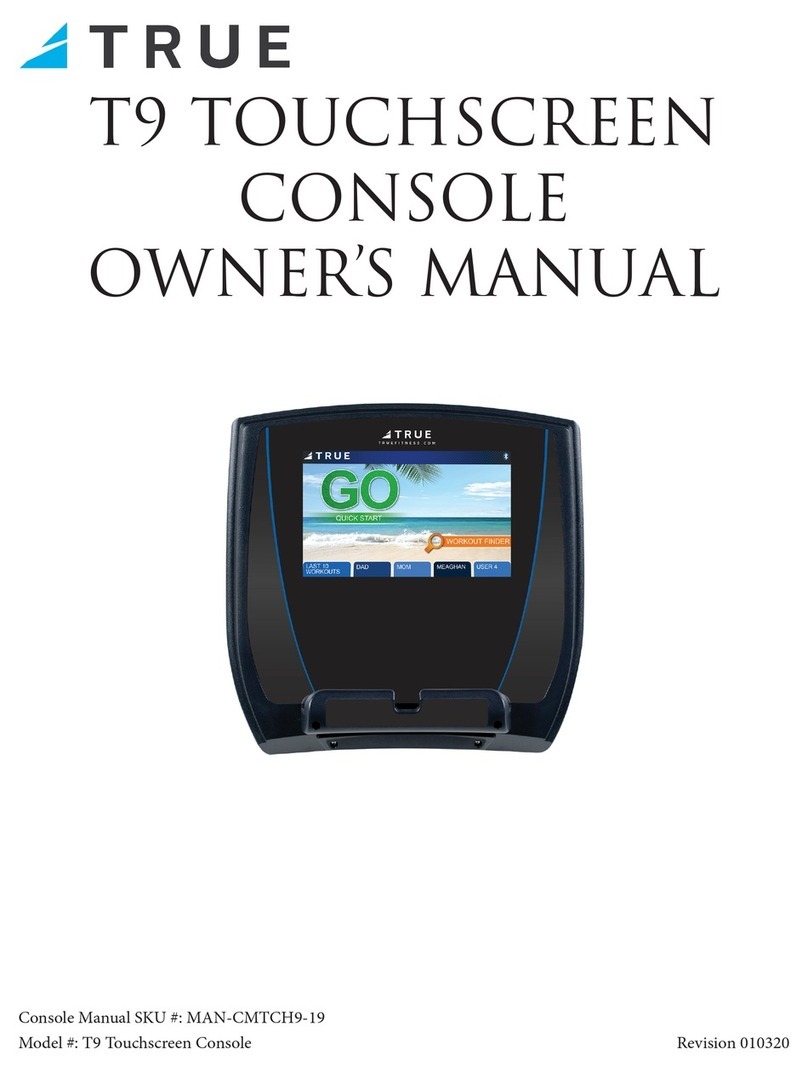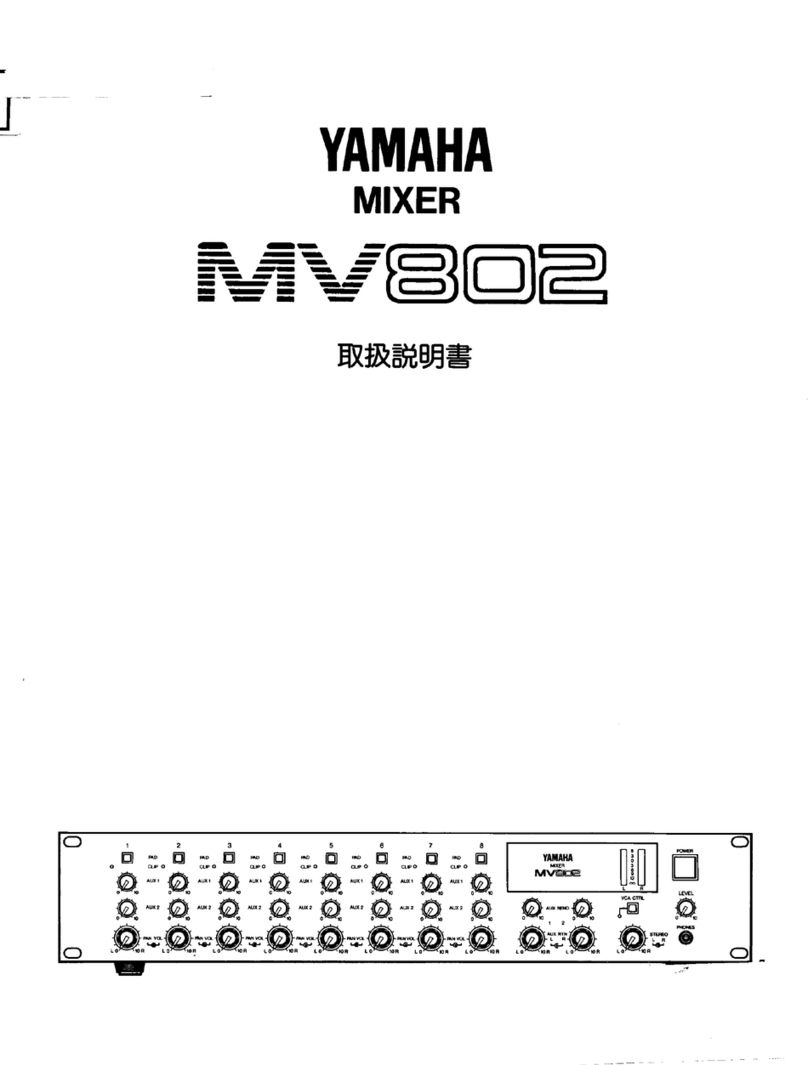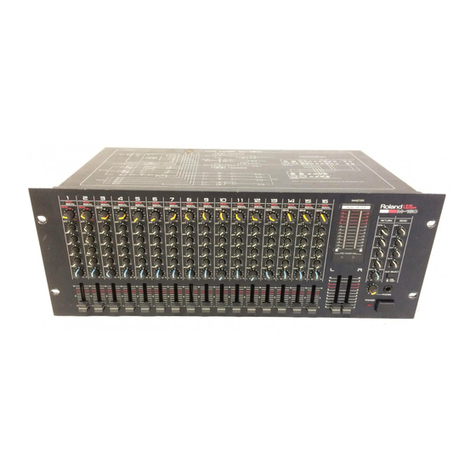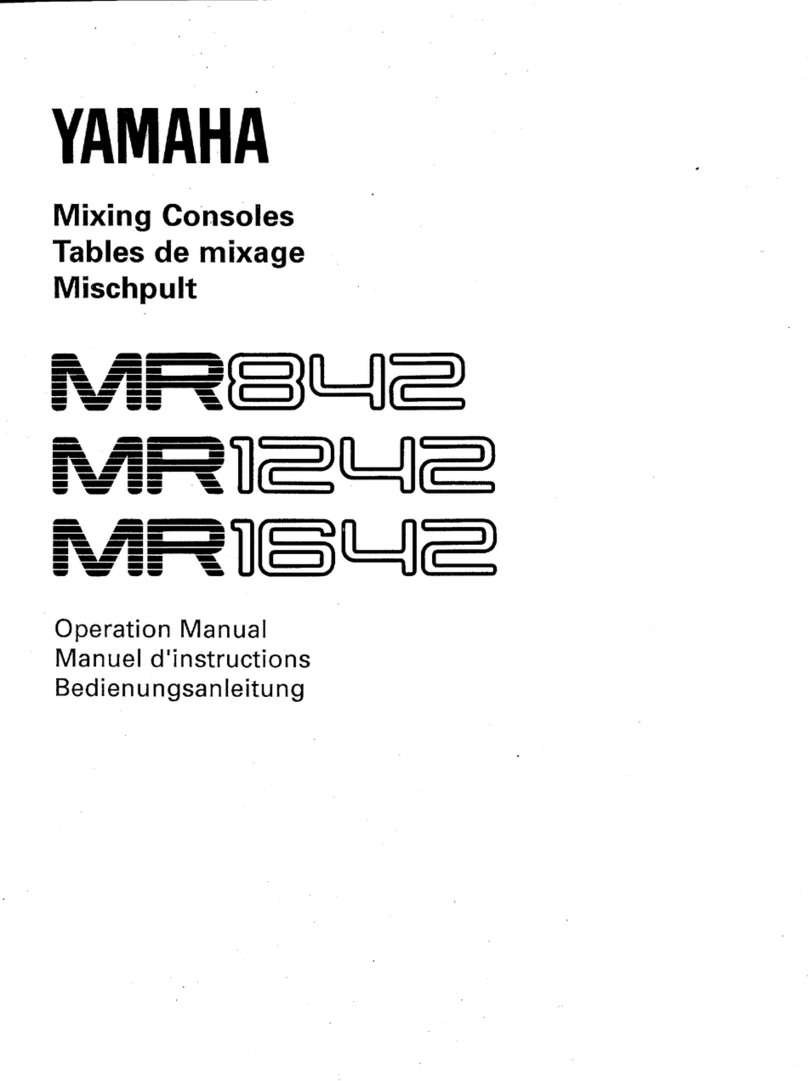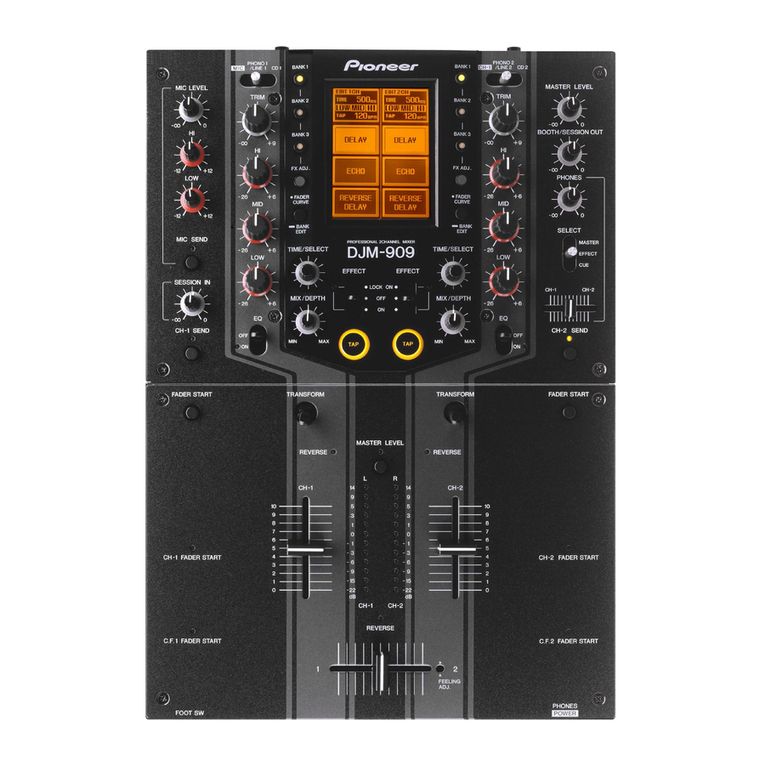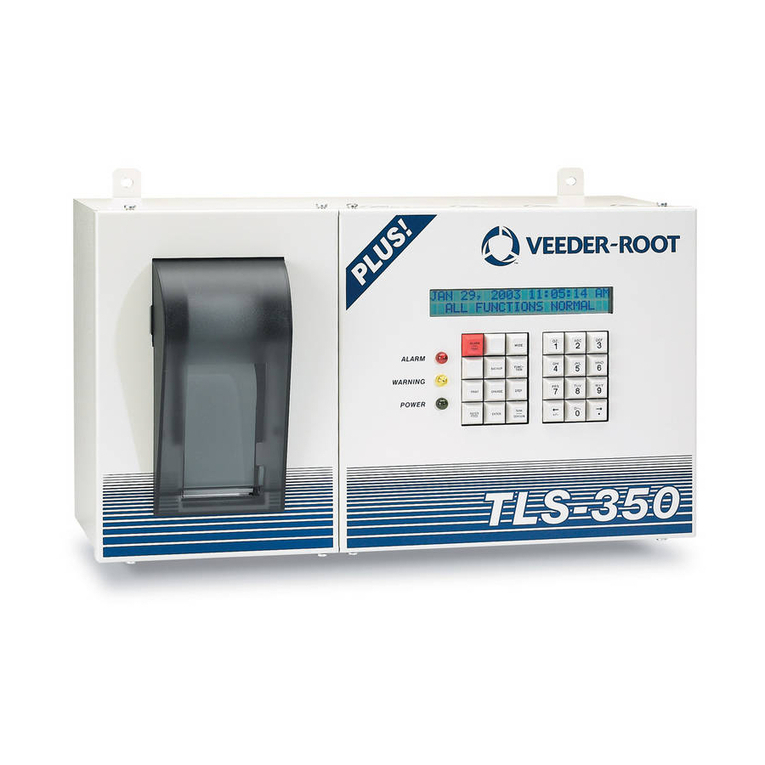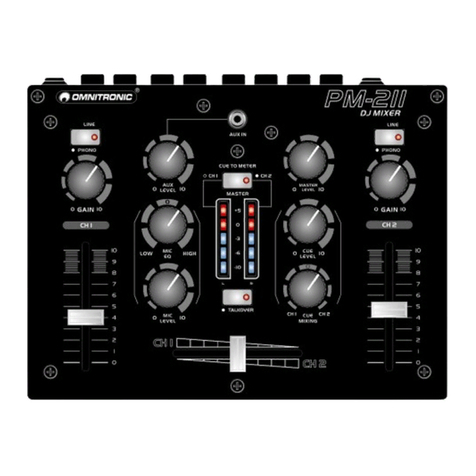Introduction
K3 Standard Console The K3 Standard Console is designed to offer value for money, and versatility that
allows the desk to perform to a high standard in a wide range of applications, from
touring rigs and medium sized band PA to fixed installations in medium sized
theatres and concert halls, conference halls and so on.
The K3 is available in five different frame sizes 16, 24, 32, 40 and 48 channels. The
choice of frames and modules means that the desk can be configured to match your
needs and budget. Good ergonomics, plus an advanced mute system and MIDI
control module, make the K3 easy for any operator to get to grips with, and exploit
its range of facilities to the full.
K3 Theatre Console The K3 Theatre is designed to offer the ultimate in control and quality from a
mid-range PA console. Based on the K3 Standard, the K3 Theatre is a modular 8-bus
console with a special mono input module featuring enhanced EQ plus refinements
such as individual routing to groups. Along with all the other K3 options, such as
choice of group modules, stereo input modules, and a slimline matrix module, the
K3 Theatre makes it easier than you ever thought possible to mix a large number of
varied mono and stereo sources in a range of sound reinforcement situations- band
FOH or FOH and monitor mixing, installed or theatre sound with a multi-speaker
rig -all with the benefits of MIDI mute control, and the K3’s exceptional ease of
use.
The K3 Theatre is available in 16, 24, 32, 40 and 48-channel frame sizes, with an
optional VU meter overbridge.
Module Options
Each frame includes:
•Either Standard or Theatre Inputs.
•4 X Dual group/EQ or group/FX output modules.
•1 X MIDI scene set module.
•1 X Master module.
•1 X Blank module
•1 X CPS275 Power supply (48ch Theatre version needs two).
Optional fittings include:
•Quad matrix modules.
•Stereo input modules.
•VU Overbridge (Factory fitted).
•Additional CPS275 for backup supply, links to main supply with short cable.
•Dual Group/EQ or FX modules.
•Mic I/P transformer options.
1.2 Introduction
